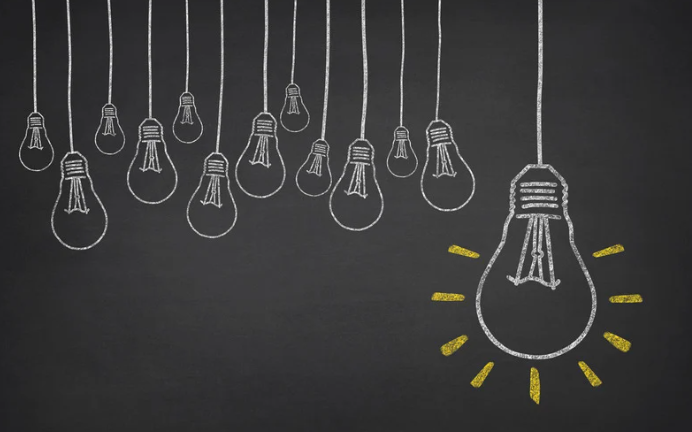In chapter 2, Couros compares his Innovator’s Mindset with Carol Dweck’s Growth Mindset. How much do you agree with Couros? Give some examples for why you believe the way you do.
I have done a lot of reading on Carol Dweck’s Growth Mindset, but I appreciate how Couros expands on Dweck’s ideas. The principles in the Growth Mindset have been a big part of my teaching career. I encourage students to stick with tough problems, believe in their ability to improve, and see mistakes as part of learning; however, Couros takes it a step further by pushing me as an instructor, not just my students, to grow AND create. That shift really resonates with me, especially in math, where we can move beyond just solving problems to having students design their own methods, visuals, or even real-world applications of math concepts.

What I love about the Innovator’s Mindset is its focus on making an impact. It challenges me to think not only about how my students grow individually, but how they can contribute to improving our learning environment and helping others. When I encourage students to come up with their own strategies or teach a concept to a peer, I see them step into more confident, creative roles. That mindset shift, from just learning to also designing change, is powerful in a middle school setting where students are just beginning to realize they can shape the world around them.
In chapter 3, Couros introduces Eight Characteristics of the Innovator’s Mindset. Select one that you believe you exhibit very strongly and another that you exhibit very little. Give some examples of each.

One characteristic of the Innovator’s Mindset that I really see in myself is being empathetic. In my math classroom, I’m constantly thinking about what my students need in order to truly access the content. When I notice a student shutting down or getting frustrated, I know I have to shift something, not just push harder. That kind of responsiveness comes from empathy.
One area I know I need to grow in is being more of a risk-taker. I consider myself an innovative teacher, and I love creating new learning experiences, but once I find something that works well, it’s easy for me to settle into that routine. Trying something totally new, especially if it’s outside the curriculum or doesn’t have a guaranteed outcome, can feel uncomfortable. I know that stepping into that discomfort is often where real growth happens, for me and for my students. I’m working on pushing myself to take more instructional risks, even if they don’t go perfectly the first time.
In Robinson’s video, he talks about some content areas having a higher “status” than all the others. If you had your way, would you keep the existing “high status” subjects, would you add some others to the high status list, or would you pursue to make all content areas essentially equal? Explain why you believe this.
I’ve watched Sir Ken Robinson’s TED Talk several times, and it never fails to move me. Robinson talks about how schools often prioritize certain subjects. like math and language, at the expense of creativity, especially in the arts. And while math holds “high status” in the traditional hierarchy and I teach math, I find that the way math is traditionally taught with formulas and procedures, can strip away the wonder and creativity that I believe are at the heart of the subject. That’s one of the reasons I love teaching math: I see math as artistic and creative, and I try to help my students see the creativity in math as well.
To be honest, I wouldn’t necessarily take math or language off the top priority of subject, but I would absolutely elevate the arts so that creativity, curiosity, and expression are nurtured across the board. Prior to becoming a math teacher, I studied photography and have always shared my love for photography with my students even in my math classes. There are so many connections between the two content areas.
I would love to see our school systems provide more opportunities for creativity. Every student deserves the chance to explore who they are through a variety of disciplines, and our job as educators is to create that space.
References:
Couros, G. (2015). The innovator’s mindset: Empower learning, unleash talent, and lead a culture of creativity. Dave Burgess Consulting, Inc.
Robinson, K. (2006, February). Do schools kill creativity? [Video]. TED Conferences. YouTube.

Leave a Reply